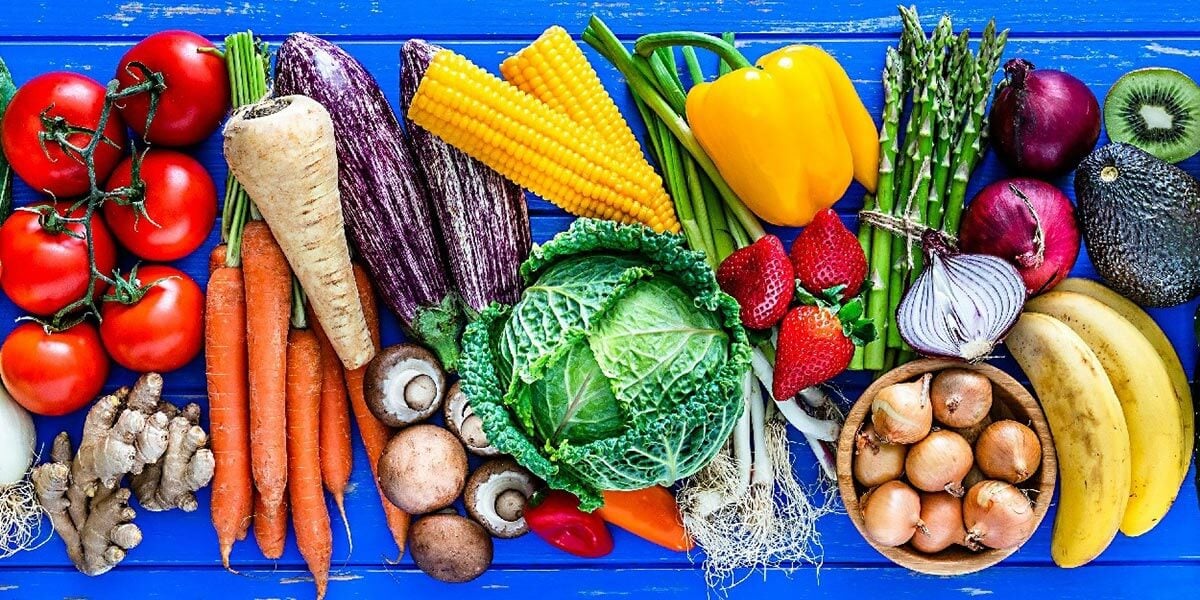The current global food system is a marvel, feeding the world’s rapidly growing population over the last century. But it will not sustainably feed the world of tomorrow. There is an urgent need to take action to transform the food system into one where the growing, eating, and cycling of nutrients creates healthy, equitable, resilient, and sustainable outcomes for people and the planet.
On February 4, 2021, the Platform for Accelerating the Circular Economy (PACE), Resonance, and a global network of business, government, and civil society leaders launched the Circular Economy Action Agenda. This Action Agenda is a rallying call to accelerate the transition to a circular economy to achieve a better future for people and nature. The Action Agenda is made up of five reports, focused on plastics, textiles, electronics, capital equipment, and food.
What is The Circular Economy Action Agenda for Food?
Resonance led the development of the Circular Economy Action Agenda for Food with a year-long consultative process with leading practitioners across the food system. It is a roadmap for collective action across every sector—businesses, governments, financial institutions, farmers, civil society, and research organizations. It is designed to kickstart the cross-sector collaboration and innovation that will be critical for a sustainable future.
Importantly, the agenda calls for actions that we know to be technologically feasible today, with clear demonstrations popping up around the globe. All we need is collective will, funding, leadership, and determination.
Why Do We Need a Circular Economy for Food?
Our current economic system is linear: we extract natural resources, use them, and create huge volumes of waste. The circular economy offers a different vision: A system in which products and materials are kept in use, waste is eliminated or repurposed, and natural systems are regenerated. A circular economy for food will produce foods in ways that regenerate nature, minimize food waste and post-harvest losses, and productively use commonly wasted materials and resources. This is an area of urgent need as well as opportunity.
Per Heggenes, CEO of the Ikea Foundation, states:
“Shifting to a regenerative and circular system for food and agriculture is not only key to securing decent livelihoods for small farmers and to mitigating climate change – it’s also a global economic opportunity. We know what we need to do but we now need to accelerate the transition through action at scale and more investment.”
10 Calls to Action for Food System Transformation
The Circular Economy Action Agenda for Food assesses the potential benefits, trade-offs, and unknowns of achieving a circular economy for food across five key impact categories. It then lays out 19 primary barriers that could slow progress toward creating a circular economy for food.
With this context in mind, the Circular Economy Action Agenda for Food team has put forward ten calls to action to optimize impact and overcome identified barriers. These calls to action outline key areas where the circular economy for food can have the greatest impact in shaping a more sustainable global food system, focusing on areas where bold leaders can take action today.
Here are ten specific actions key stakeholders from every sector can take to drive food system transformation.
- Enable transitions to planetary health diets.
- Scale productive and regenerative agriculture practices.
- Increase the value of nature-regenerative food production to farmers.
- Map hotspots of food loss and waste.
- Integrate food loss and waste more broadly into the Sustainable Development Goals agenda.
- Increase investment in reducing food loss and waste.
- Reframe wasted food and byproducts as valuable resources.
- Facilitate secondary market development and access.
- Enable sanitary cycles for human waste.
- Increase information accessibility and data utilization.
Cross-Sector Collaboration and Collective Action for the Future of Food
For each call-to-action, we outline steps that key stakeholders—from global food brands to bilateral donors to research organizations—can take to lead in the transition. We are excited to work with PACE, the global development community, and our company partners to forge new partnerships, develop new business models, and take action to shape tomorrow’s food system into one that is healthy, equitable, resilient, and sustainable by design.
Resonance will be working to facilitate new, bold cross-sector partnerships with leading businesses and global development actors, to take action for a sustainable food system.
Reach out to a sustainable impact expert if you work with a company, donor, NGO, or foundation and are interested in designing, launching, and scaling partnerships to advance the circular economy for food.
Editor’s Note: This post was originally published on February 4, 2021, and has been updated for accuracy and current best practices.



